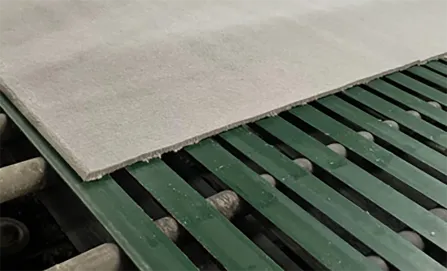- Afrikaans
- Albanian
- Amharic
- Arabic
- Armenian
- Azerbaijani
- Basque
- Belarusian
- Bengali
- Bosnian
- Bulgarian
- Catalan
- Cebuano
- Corsican
- Croatian
- Czech
- Danish
- Dutch
- English
- Esperanto
- Estonian
- French
- German
- Greek
- Hindi
- Indonesian
- irish
- Italian
- Japanese
- Korean
- Lao
- Malay
- Myanmar
- Norwegian
- Norwegian
- Polish
- Portuguese
- Romanian
- Russian
- Serbian
- Spanish
- Swedish
- Thai
- Turkish
- Ukrainian
- Uzbek
- Vietnamese
8월 . 05, 2024 19:02 Back to list
Exploring Various Materials for Grid Ceiling Tiles in Modern Interior Design Solutions
Exploring Grid Ceiling Tiles Material Choices and Their Benefits
Grid ceiling tiles, also known as suspended ceiling tiles, have become a popular choice in both commercial and residential settings due to their versatility and functional benefits. The materials used in these tiles play a crucial role in the overall performance, aesthetics, and longevity. In this article, we delve into the various materials utilized in grid ceiling tiles and examine their advantages.
One of the most common materials for grid ceiling tiles is mineral fiber. These tiles are made from natural minerals and can come in a variety of textures and finishes. They are lightweight, easy to install, and provide excellent acoustic properties, making them ideal for environments where sound control is essential, such as offices, schools, and hospitals. Additionally, mineral fiber tiles offer good fire resistance and can help in maintaining energy efficiency by providing insulation.
2. Gypsum
Gypsum ceiling tiles are another widely used option. Made from gypsum board, these tiles are known for their robustness and smooth finish. They provide a cleaner, more elegant appearance compared to some other materials, which makes them a favorite for high-end interiors. Gypsum tiles are also resistant to moisture and mold, making them suitable for areas like kitchens and bathrooms. However, they are heavier than mineral fiber tiles, which could complicate installation.
3. PVC (Polyvinyl Chloride)
grid ceiling tiles material

For those seeking a more modern and innovative option, PVC ceiling tiles offer a sleek and contemporary look. These tiles are waterproof, making them an excellent choice for high-humidity areas. They are also incredibly lightweight and easy to maintain, requiring only a simple wipe down to keep them looking pristine. Additionally, PVC tiles come in a wide range of colors and designs, providing flexibility in interior design options.
4. Metal
Metal ceiling tiles, often made from aluminum or steel, add a unique aesthetic to any space. They are known for their durability and resistance to wear and tear. Metal tiles can also be designed to be sound-absorbing, addressing the common issue of echo in large, open spaces. Their reflective surfaces can enhance lighting in a room, providing a bright and luminous environment. However, proper care is needed to prevent rusting in humid conditions, which may limit their application in certain areas.
5. Wood
For a warm and inviting atmosphere, wood ceiling tiles are an ideal choice. They come in various types of wood and finishes, allowing for a customizable look. Wood ceiling tiles provide excellent insulation and acoustic performance, making them suitable for spaces meant for relaxation, such as homes, restaurants, and lounges. However, due to their organic nature, they require more maintenance and can be more susceptible to damage from moisture and pests.
Conclusion
In conclusion, the choice of material for grid ceiling tiles plays a significant role in determining the functionality and aesthetics of a space. Mineral fiber and gypsum tiles are favored for their sound absorption qualities, while PVC and metal tiles appeal to those seeking modern designs. Wood tiles, on the other hand, offer a timeless appeal. Understanding the characteristics and benefits of each material can help builders and homeowners make informed decisions that align with their design vision and functional needs. As the trend for open spaces and innovative interiors continues to grow, grid ceiling tiles will undoubtedly remain a vital feature in architectural design.
-
Transform Interiors with PVC Gypsum Ceiling: A Stylish, Durable, and Moisture-Resistant SolutionNewsMay.19,2025
-
The Smart Interior Upgrade: Discover the Durability and Versatility of Gypsum Ceiling Access Panel SolutionsNewsMay.19,2025
-
The Smart Choice for Interior Design: Discover the Value of PVC Gypsum Ceiling SolutionsNewsMay.19,2025
-
Mineral Fiber Ceiling Tiles: The Smart Blend of Performance and AestheticsNewsMay.19,2025
-
Mineral Fiber Ceiling Tiles: The Superior Choice Over Gypsum for Sound and Fire SafetyNewsMay.19,2025
-
Mineral Fiber Ceiling Tiles: Eco-Friendly Strength and Style for Every CeilingNewsMay.19,2025







